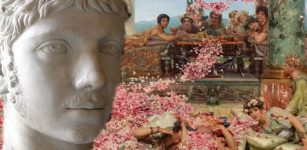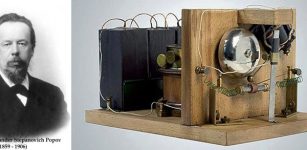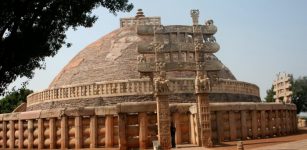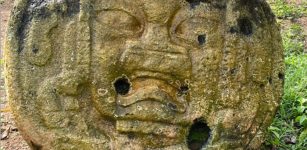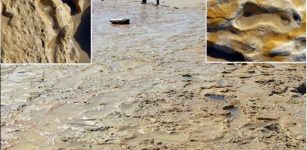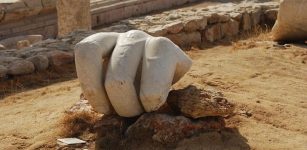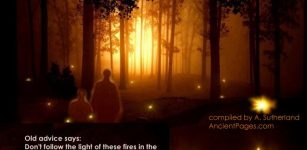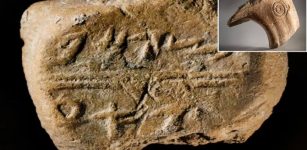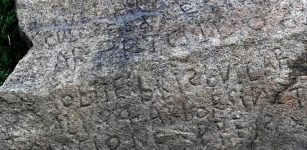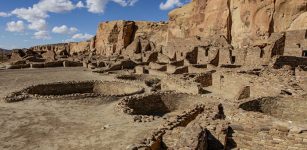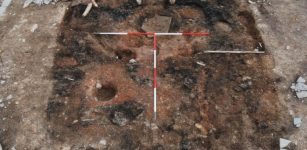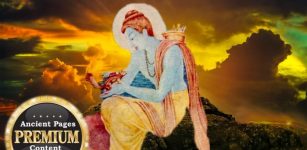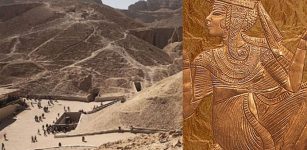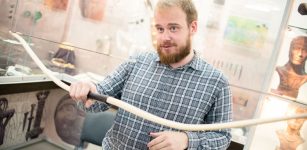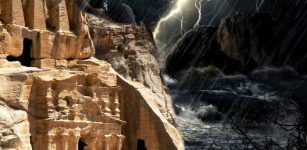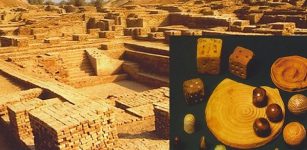Archaeologists uncover new Yup’ik artifacts near Quinhagak, Southwest Alaska
At a site near the Southwest Alaska village of Quinhagak archeologists have unearthed Yup’ik artifacts and the old village continues to reveal artifacts that give a glimpse into the daily lives of Yup’ik people hundreds of years ago.
The most important artifact found this season, is a mask — half human, half walrus — in nearly perfect condition.
“It’s got amazingly lifelike contours with the cheek bones, and the nose, and the forehead and so on. Beautifully carved out of wood, and as you can see it’s got two little conical tusks that represent that transformation into a walrus.
And these are in fact made out of walrus ivory. It’s got a little beard here, and half of it are human hairs and then on the other half are sea mammal hairs, maybe walrus whiskers,” said Rick Knecht, the lead archeologist and a professor from the University of Aberdeen in Scotland said.
Uncovering the remains of a 500-year old Alaska Native sod house, archaeologists also discovered a bentwood bowl among the great variety of household items, jewelry and weapons.
“On the bottom of the bentwood bowl is an ownership mark left by the person who carved that and these ownership marks were inherited between families. We have about six or seven ownership marks we see consistently throughout this site, which we believe was a very large sod house divided up into compartments which were domestic spaces for women and children”, Knecht explained.
In the early 1600s, right around the time that Shakespeare was publishing plays and poems in England, these people were crafting art too: carving intricate ivory jewelry and weaving baskets. Then, in the middle of the 17thCentury, their communal, sod house was attacked and burned, Knecht said.
The site was abandoned around 1640.
The evidence at the site corresponds with local Yup’ik lore about the ‘bow and arrow wars,’ a time of fighting between tribes during an earlier climate change that strained resources, according to researchers.
The archeologists will ship the artifacts to Scotland for study and preservation before they return them to the region. Tribal leaders say they will eventually display them either in Bethel or Quinhagak.
AncientPages.com



